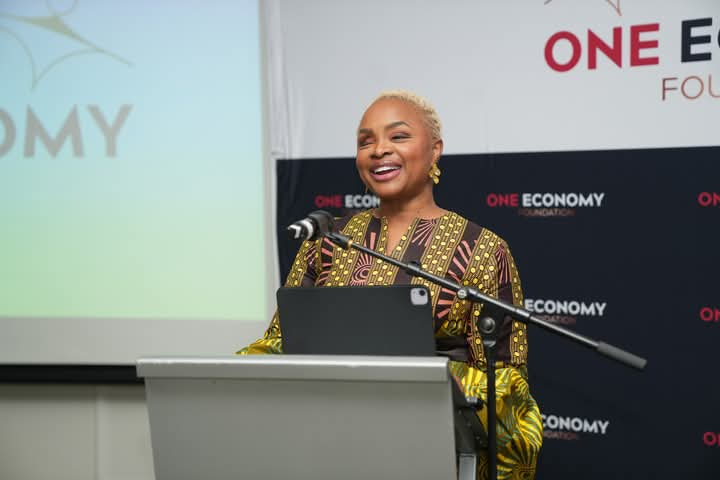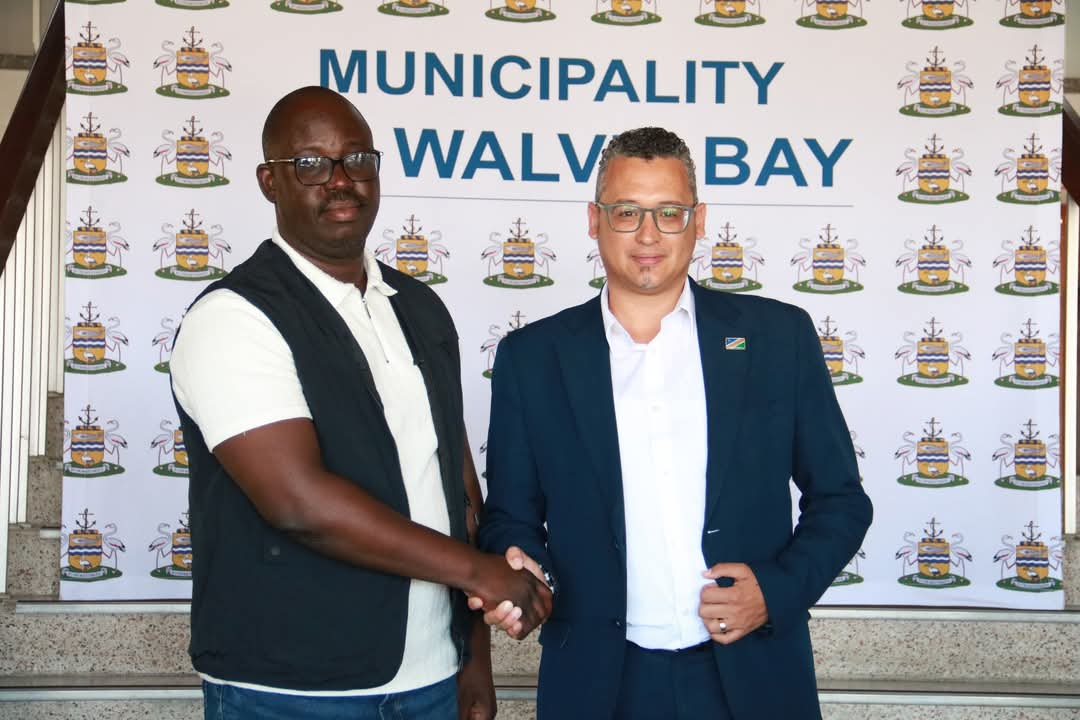• AXEL ROTHAUGEAGRICULTURE in Namibia’s communal (non-title deed) areas is not progressing at a rate and to a level commensurate with the potential of its inhabitants and natural resources.
The northern and eastern communal areas is home to entrepreneurial people and has some of Namibia’s best grazing lands, the highest rainfall, our only “forests” (woodlands, actually), easy-till soil; all the ingredients needed to prosper. Instead, these regions are among Namibia’s poorest and regularly need food aid instead of producing food for the rest of Namibia.
Our communal areas should be our grain baskets, yet they are our basket cases. Why?
We have been avoiding the underperformance of Namibia’s communal agriculture like the pest. Many factors contribute to this, but the three most prominent ones are lack of management control over natural resources, severely restricted access to capital to invest in farming and obstructions to marketing of agricultural produce.
Natural resources like soil, grazing and forests in communal areas are degrading unbelievably quickly, to a level where they are unable to sustain today’s population. That is because these natural resources are not managed and/or owned by individuals, but by groups of people.
Unless those in the group (the community) agree on a resource management plan in perpetuity, and actually stick to it, it is everyone for himself and the devil for the resource.
Communal farmers cannot invest in their enterprises as much as required because their land tenure is not secure.
How does a farmer invest in something that is not his? Communal farmers cannot use land as collateral to obtain loans and thus cannot access the easiest and most logical source of capital for a farmer: land-secured loans. Even in the eastern communal areas, where most land is fenced off and used by individuals, this “grabbed” land does not belong to the individual and cannot be used as loan collateral.
Communal farmers in the northern communal areas of Namibia are prevented by the veterinary cordon fence (VCF) to participate normally in Namibia’s beef trade, when beef is their major product. But there are no longer convincing technical reasons for the existence of the VCF.
It has been obsolete for at least 10 years now. Why should communal cattle farmers operate productively and efficiently when they cannot sell their produce profitably? What enterprise can be built on radically curtailed marketing?
Lack of tenure security and severely limited access to capital and beef markets are the main reasons for poverty in Namibia’s communal areas. We created these problems ourselves.
They are not natural or God-given. So we should be able to solve them too. Especially after independence, but the political will has been spectacularly missing.
If we maintain the status quo, we will continue curtailing the agricultural development of about 300 000 smallholder communal farmers. We will keep them and their dependants, about 1,5 million people, poor. How do we reach Vision 2030 if we limit the entrepreneurial development of more than half of Namibia’s population?
How do we industrialise, become a food-secure upper middle-income country, distribute wealth more equally among our people, stay competitive in international rankings and maintain a peaceful democracy? All these dreams will be difficult if not impossible to realise if we maintain the agricultural status quo in Namibia’s communal areas.
It would be good for us to consider these issues at the land conference later this year. The answer is not to make more land communal; it is not to change the skin colour of the land user.
These political priorities are far removed from agricultural reality, as shown by our resettlement policy: shift previously communal farmers onto individual pieces of commercial farmland that they still don’t own, give them no support at all and be surprised if they don’t make it and degrade the farm!
We only have so much agricultural land in Namibia and we cannot make it more. We have to use it better. Lifting the restrictions we imposed on ourselves would be a good start.
Because this country can feed many times more people than we currently have, with ample space for protected wildlife areas, but not as we do now. No one needs to go hungry in this country but our avoidance of real problems condemns us to perpetual poverty, unequal wealth distribution and Third World status.
Passionate about farming?
See you at the land conference!
Stay informed with The Namibian – your source for credible journalism. Get in-depth reporting and opinions for
only N$85 a month. Invest in journalism, invest in democracy –
Subscribe Now!










